How Character Creation Has Changed Before The Elder Scrolls 6
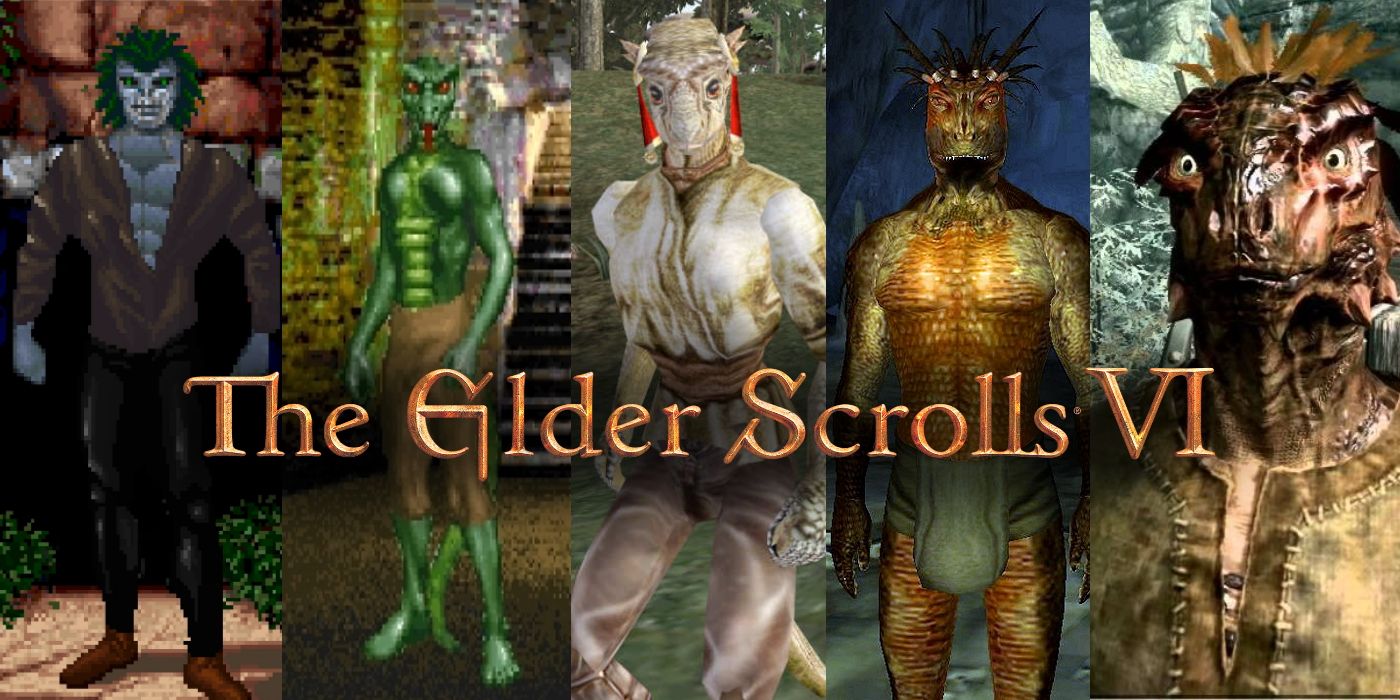
The Elder Scrolls wouldn't be the successful RPG series it is without its expansive character customization system. Since its inception, the system has undergone significant changes, including the addition of new races, adjusted stats, and some huge changes in the designs of the different races of Tamriel. Many fans will be expecting further changes in The Elder Scrolls 6.
While The Elder Scrolls 6 might still be a long way off, the history of the series' character creation does give some insights into changes fans may be able to expect in the franchise's next chapter. Here's how The Elder Scrolls' character creation has changed over the years, and what the trends might mean.
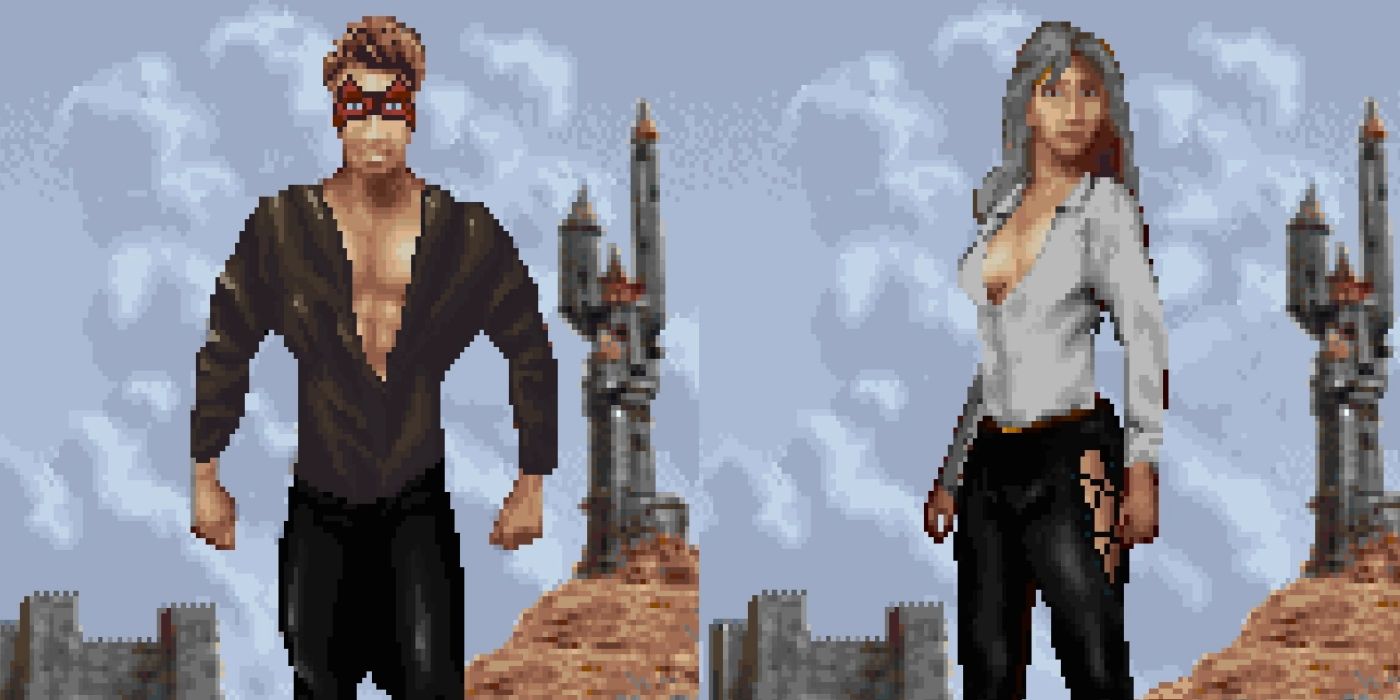
The Elder Scrolls: Arena only had eight available races, and many of them looked quite different from later games. The original eight races were Nords, Khajiit, Redguards, Bretons, Argonians, Wood Elves, High Elves, and Dark Elves.
Orcs appeared in their more common role as hostile dungeon encounters, originally described as a "larger version of goblins" in the Official Arena Player's Guide. The Imperials of Cyrodiil weren't considered their own race at this point in the franchise's history, and wouldn't be distinguished from the other human races until The Elder Scrolls Adventures: Redguard. The Elves of Tamriel would not get their native names - Bosmer, Altmer, and Dunmer - until later games.
The Khajiit in Arena were extremely humanoid, with only face-paint distinguishing them from the humans of Tamriel. Their race description said, "Legend has it that they descended from an intelligent feline race." In later games, they became the more traditional Elder Scrolls beastfolk fans know today, with more humanoid variants being retconned as Ohmes Khajiit, a sub-species with very few feline features that is easily mistaken for a Wood Elf.
Stats were changed depending on race, but also sex. Male Argonians had a buff to agility and speed that their female counterparts lacked, while the females had increased luck and endurance. The stats at character creation varied from 30 to 50 depending on the character's race and sex combination, but followed the general pattern seen in later games. Bretons were good at magic, Nords were strong, Wood Elves were agile, and so on. Stats were also influenced by character class. There were six sub-classes for each major group: the Thief, the Warrior, and the Mage.
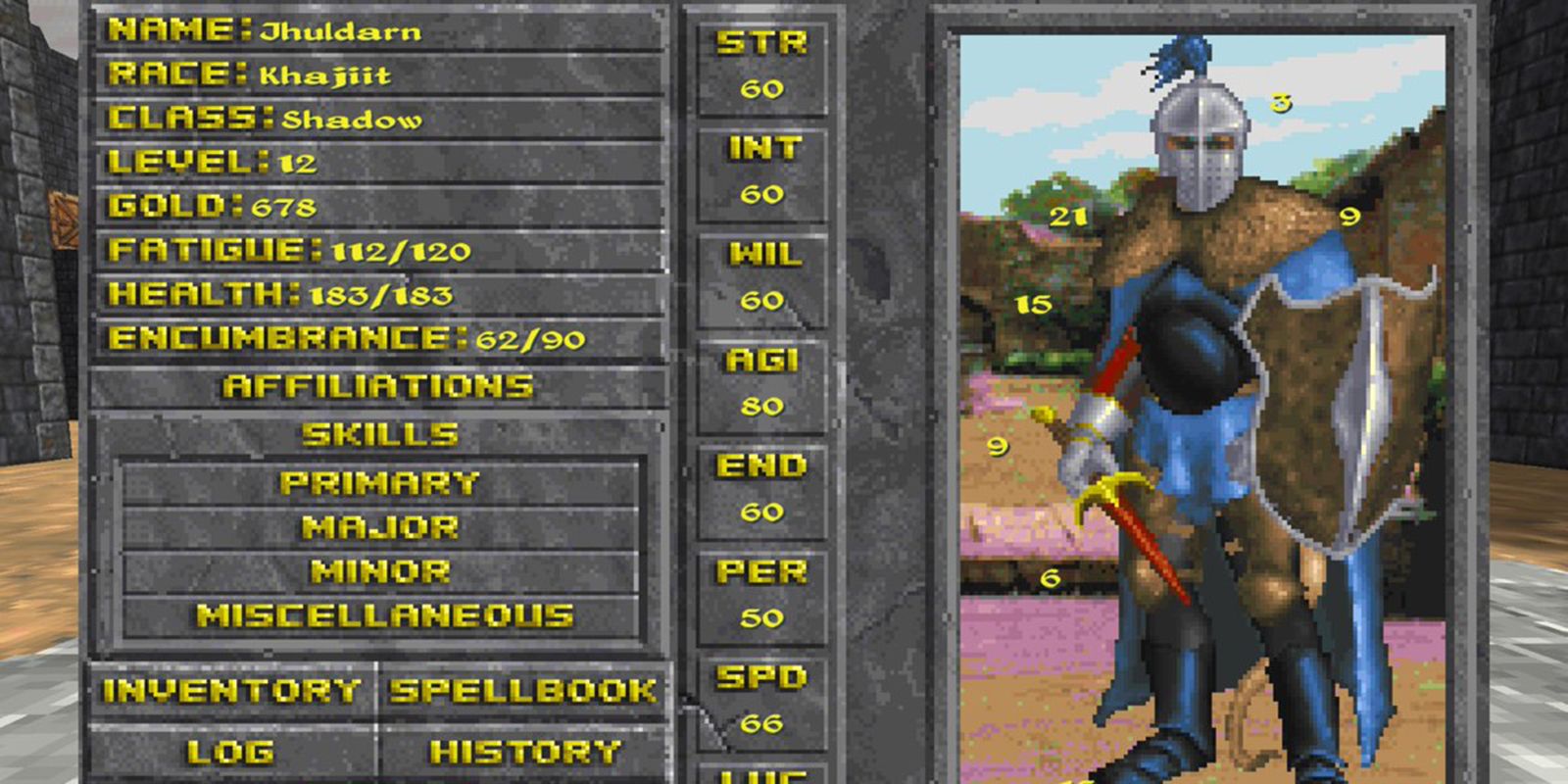
Daggerfall retained the original eight races from The Elder Scrolls: Arena. Stats were still tied to sex. Nord males, for example, took a +10 bonus to Strength and Endurance, and a -10 to Intelligence, Willpower, and Agility. In contrast, Nord females only took a +10 to Luck and a -10 to Intelligence. These differences tended to be relatively balanced when factoring in class, but created a far greater variety of stat bonuses and debuffs than later games.
Orcs and Imperials appeared in Daggerfall but remained unplayable, and the beastfolk underwent some design changes. The Argonians became even more lizard-like, while the Khajiit gained tails. This was later ret-conned as another sub-species, the Ohmes-raht. The eighteen original classes, and their rough stat implications, remained the same.
An Elder Scrolls Legend: Battlespire reduced playable races to just six, removing both the Khajiit and Argonians. The stat system was reworked, with magical stats like willpower and intelligence replaced with stats reflecting the specific schools of magic. Battlespire became the first Elder Scrolls game to stop factoring sex into character stats, but it would be some time before that was adopted by the main games.
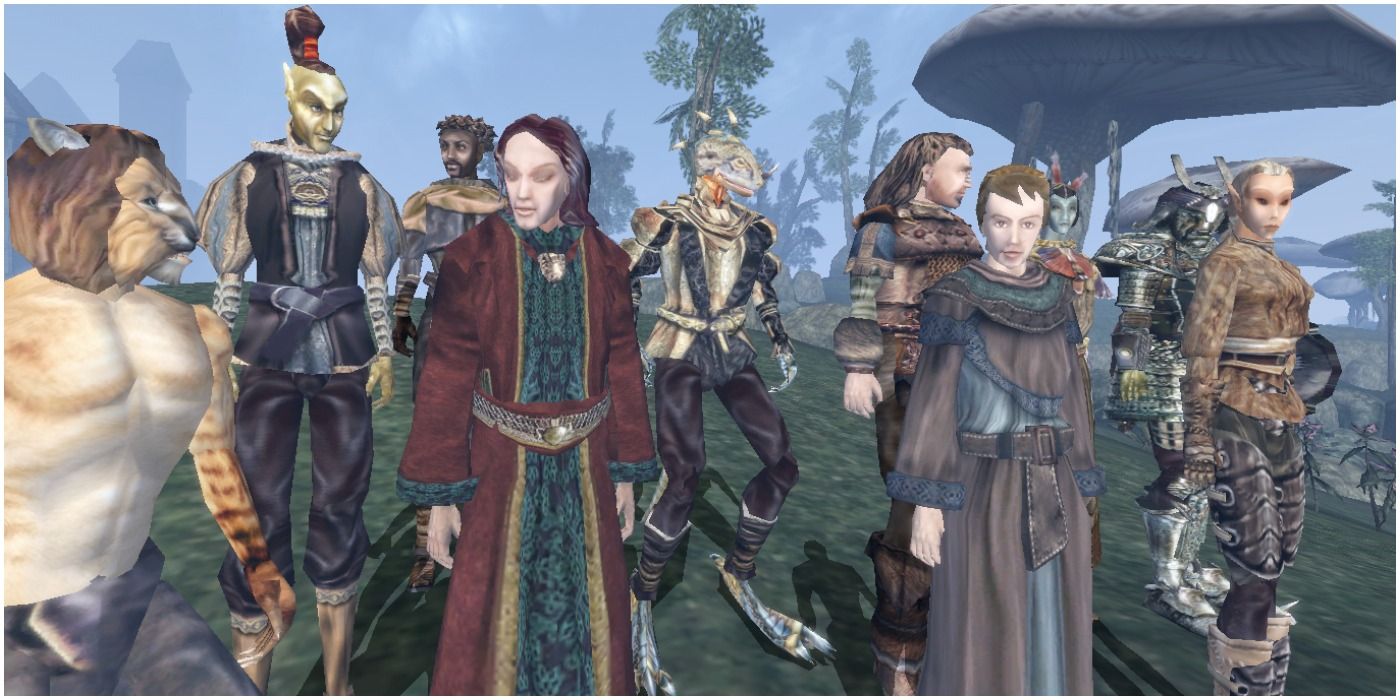
Morrowind's character creation began to resemble more modern Elder Scrolls games. Ten races were available, bringing back the Argonians and the Khajiit while adding the Orcs and Imperials. Sex also returned as a factor in character stats, with the differences closely resembling Arena's. Morrowind also added racial abilities seen in later games, like the Dunmer ability to resist fire and Nord frost immunity. Imperials and Khajiit, however, had no racial abilities. Birthsigns like the Apprentice, the Lord, and the Lover were also introduced, giving players abilities and bonuses similar to those based on race.
Elves became far more alien in Morrowind, with arched brows, long faces, and sometimes pitch-black eyes. The Khajiit became the fully feline race seen in Oblivion and Skyrim, while the Argonians' reptilian features now extended to raptor-like feet, horns, and fins. Morrowind added some new classes like the Agent, but took away others like the Burglar. As in previous games, these classes were essentially just another stat bonus for the start of the game.
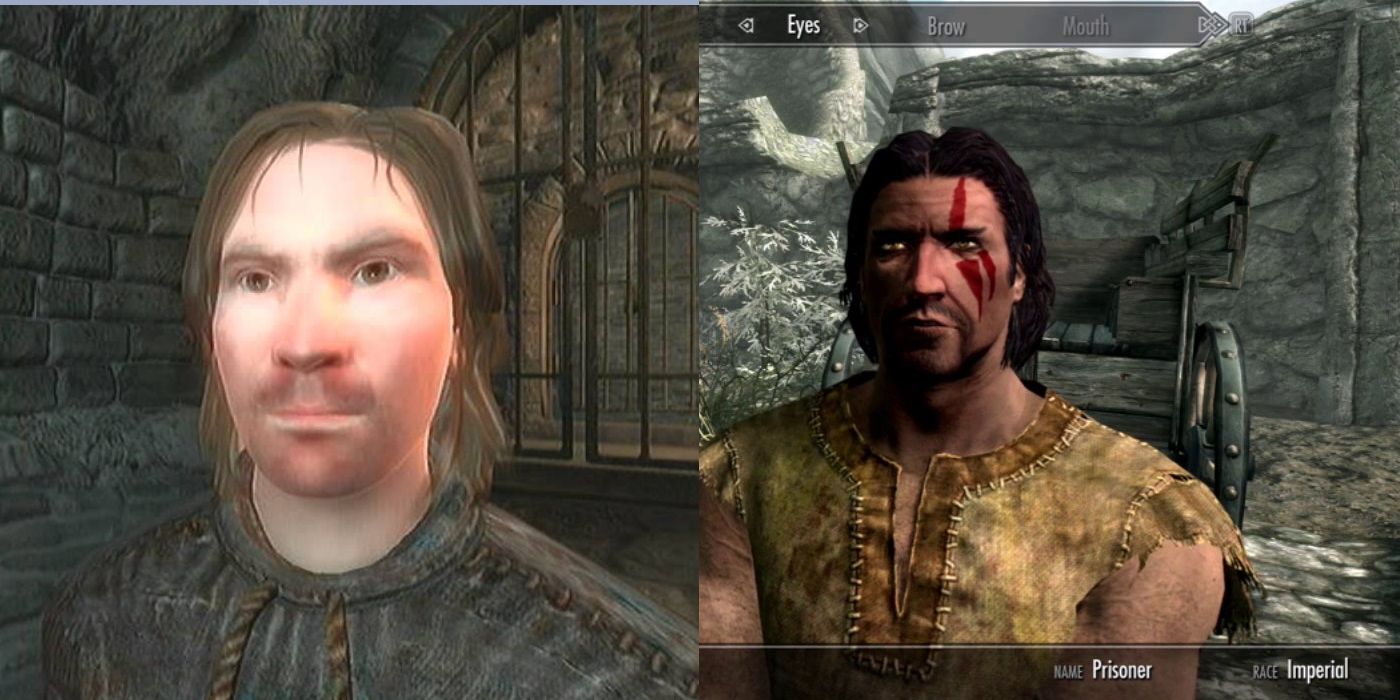
Oblivion stuck with Morrowind's ten races. Sex still factored into stats with similar difference to previous games, as well as a variety of implications for different skills from Alchemy to Hand-to-Hand Combat. Oblivion roughly retained Morrowind's 21 classes and birthsigns, while characters in Oblivion had far softer features than Morrowind's more gritty look. Beards were removed from the game due to problems rendering them. Despite these aesthetic differences between Oblivion and Morrowind, it was Skyrim that really changed the game.
Skyrim's character creation massively simplified the system seen across the series. Birthsigns were removed, classes were removed, and sex-based stats were removed. Character designs, particularly among the Elves of Tamriel, looked far more like their Morrowind counterparts than Oblivion's races. Beards returned, as well as a variety of other features like scars, dirt, and war-paint.
Skyrim's accessibility undoubtedly contributed to its success, making the return of classes in character creation unlikely. It has been hinted that The Elder Scrolls 6 will have a more robust magic system, with the potential return of features like Morrowind and Oblivion's spell-crafting. This could affect character creation, and it's possible that some of Skyrim's other cut systems could return in sleeker forms. Skyrim's combat made some playstyles like the stealth archer far more viable than others, which is a problem that could theoretically be addressed during character creation.
It is almost certain that The Elder Scrolls 6 will keep Skyrim's ten races in-tact, though as is often the case the Khajiit and Argonians are the most prone to visual changes and reinterpretation. Although the series' stats have been simplified over the years, it's likely that aesthetic customization will only get more detailed, allowing the player to create exactly the character they want while also allowing a diversity of appearances among the game's NPCs.
The Elder Scrolls 6 is currently in development.

Post a Comment